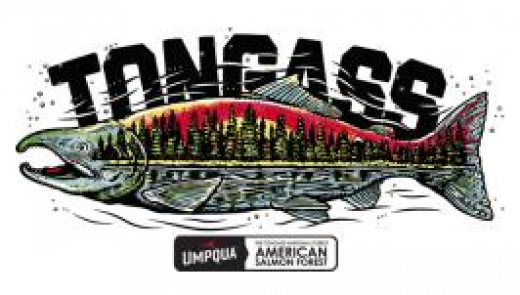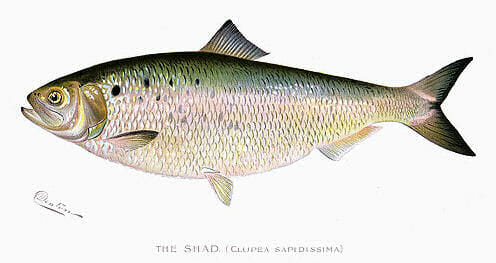Anglers casting for trout on New Jersey’s Musconetcong River made a welcome discovery this month—American shad have returned to the river following the removal last year of the Hughesville Dam in Warren County. A number of lower-river dams have come out in recent years, opening up six miles of spawning habitat for anadromous fish, like shad and striped bass. It’s certainly a welcome development for anglers, and it speaks to the river’s improving health.
From good news on the East Coast, to the state of environmental affairs in “middle America,” Madeline Ostrander of The Nation writes about conservation in stewardship in the Interior, where environmentalism often looks a little different than it does on the coasts. In her piece focusing on the book, “Rancher, Farmer, Fisherman” by Miriam Horn, Ostrander offers a unique perpective on Middle America as a place, not as a state of mind. It’s worth a read if you’re interested in getting inside the heads of folks who work the land and still want to see it protected for coming generations.
 In Alaska, fresh threats to the public Tongass National Forest are rearing their heads, but Umpqua Feather Merchants, maker of quality flies and provider of high-end tying materials, is stepping up to help protect the nation’s largest (and, I would argue, fishiest) national forest. The company is working with the Sportsmen’s Alliance for Alaska and TU to raise $45,000 to protect high-quality salmon and trout watersheds on “America’s Salmon Forest.” Corporate partners like Umpqua are key to ongoing conservation measures on the Tongass and elsewhere, where threats of privatization and poorly planned extraction put in peril both commercial and recreational fishing that drive the regional economy. We need more companies with “skin in the game” to step up and help protect the resources their customers depend on for angling opporunity.
In Alaska, fresh threats to the public Tongass National Forest are rearing their heads, but Umpqua Feather Merchants, maker of quality flies and provider of high-end tying materials, is stepping up to help protect the nation’s largest (and, I would argue, fishiest) national forest. The company is working with the Sportsmen’s Alliance for Alaska and TU to raise $45,000 to protect high-quality salmon and trout watersheds on “America’s Salmon Forest.” Corporate partners like Umpqua are key to ongoing conservation measures on the Tongass and elsewhere, where threats of privatization and poorly planned extraction put in peril both commercial and recreational fishing that drive the regional economy. We need more companies with “skin in the game” to step up and help protect the resources their customers depend on for angling opporunity.
— Chris Hunt



